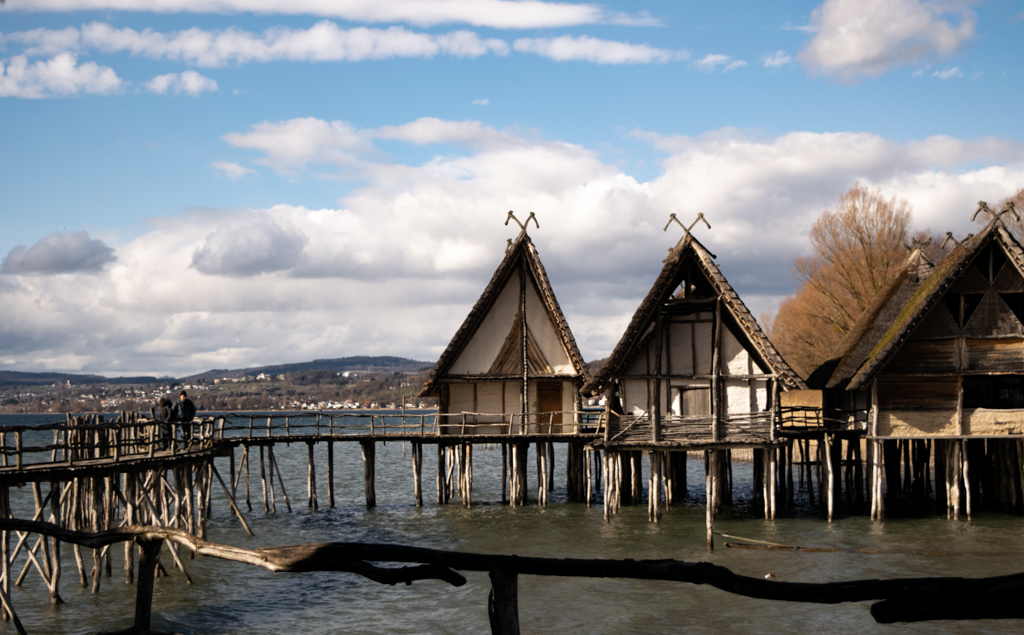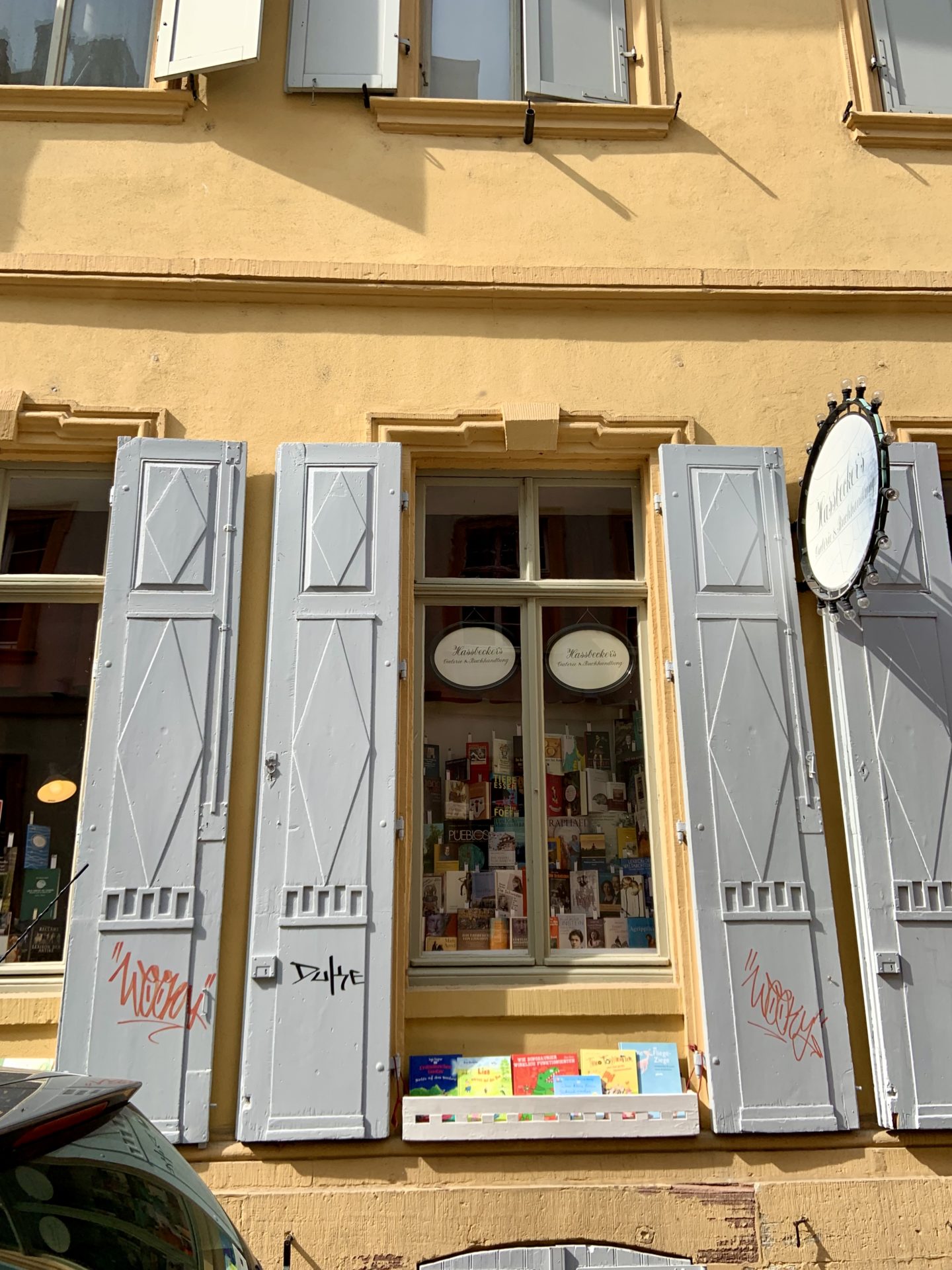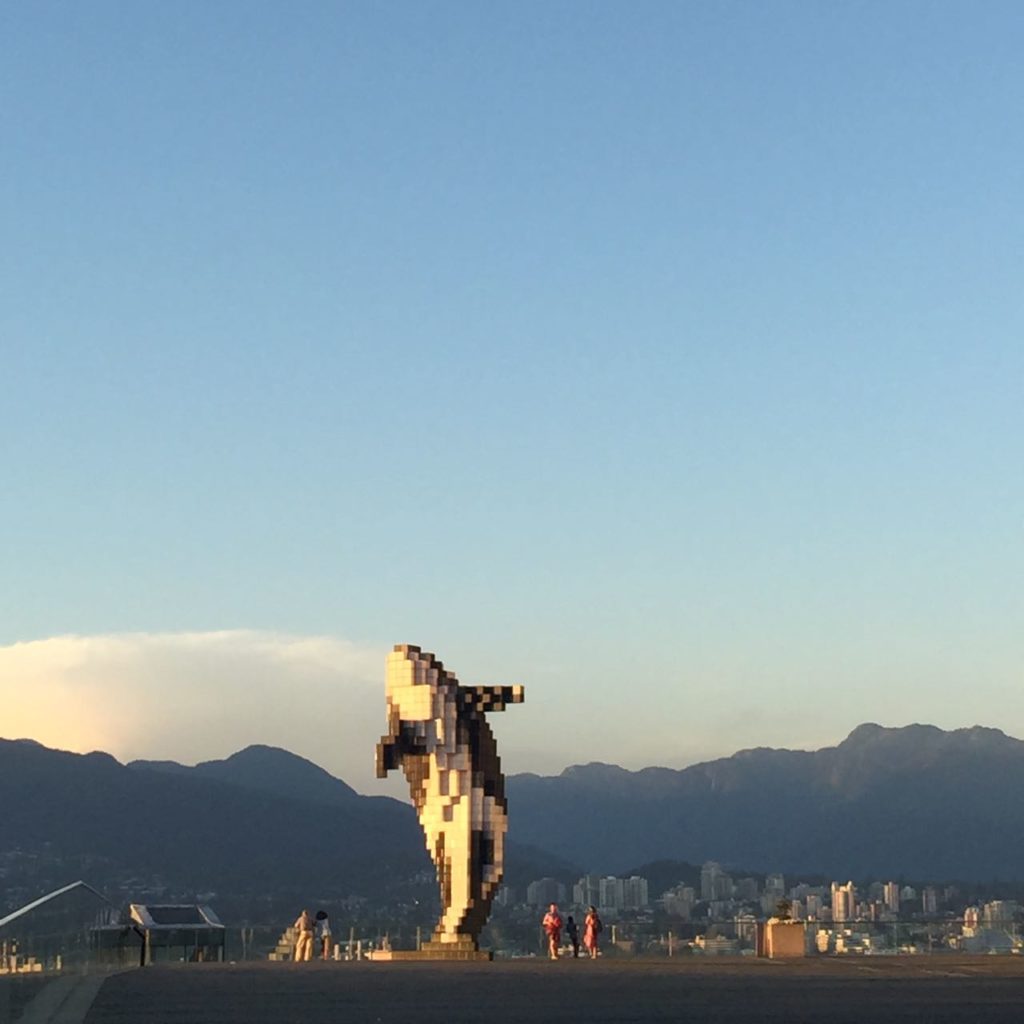The day we visited the Pfahlbau Museum Bodensee, or Pile Dwelling Museum on Lake Constance, it was absolutely pouring. It was in the shoulder season, so there was only one tour that day, and we all crowded under the eaves of the information centre waiting for our guide, while getting pounded by the rain. It seemed a fitting kind of day to explore these examples of prehistoric pile dwellings found around the Alps.
I love a good open-air museum
If you’ve ever watched those shows where people attempt to recreate life from another time period, you’ll remember how devastating heavy rain can be. If you’re wearing wool, it could be days before you’d dry out. Looking out at the houses on stilts over the lake, connected by slippery wood walkways, I could only imagine how long you’d have to stay inside, huddled together, waiting for storms to pass before you could do anything. Well, for us, even if not all of the tour group was appropriately dressed, we stamped out in the rain to investigate the villages regardless.
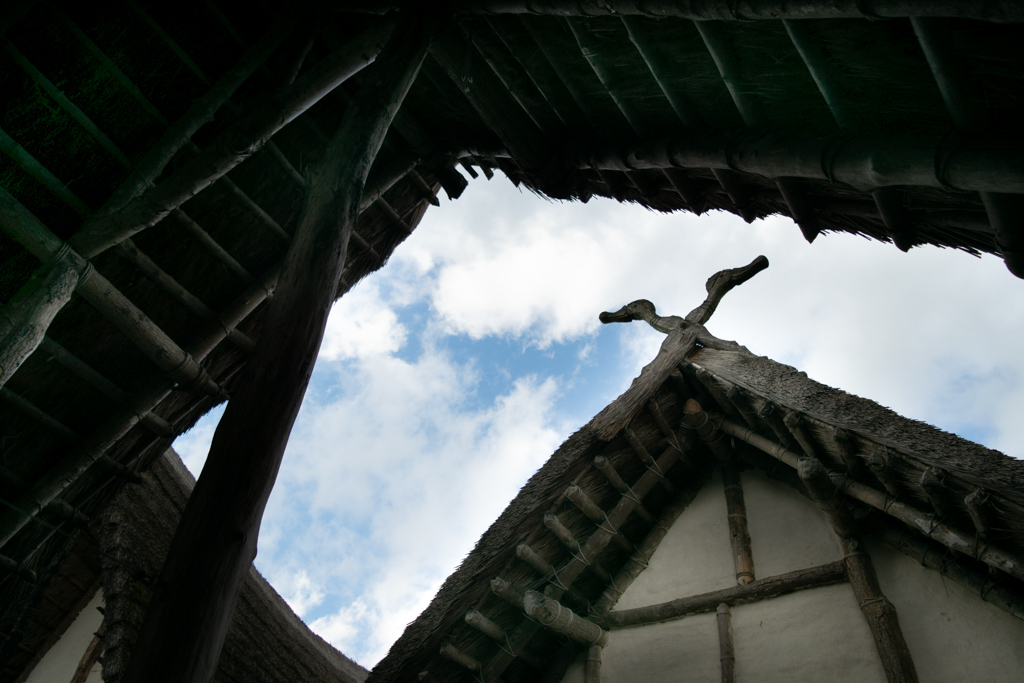
What is there to see at the Pile Dwelling Museum?
There are 20 buildings in all, arranged in small clusters. These buildings are, of course, recreations of structures from the Neolithic and Bronze Age (4000 – 850 BCE), based on extensive archeological evidence. But you might be surprised to learn that two of them are 100 years old themselves. In 1922, an open-air museum society built two pole dwellings, and they have been refurbished and repaired over the years, probably much like the originals were. Evidence of prehistoric pile dwellings like these have been found in lakes across this region, in Switzerland, Germany, Italy, and France, and this museum, is a UNESCO World Heritage site. It seems counter-intuitive, but these pile dwellings by their location have left much for archeologists to find. Bogs and marshy lakebeds are terrific preservers of wood – whole sections of floor, piles, roof pieces, and walls have all been found, even pieces of furniture.

But why did they build their houses on poles?
The lakes near mountains, while incredibly rich in flora and fauna (ie food), and water to drink, are also prone to major flooding when the spring comes. Lake Constance, for instance, can rise up to three meters in the spring, and very quickly. Presumably from experience, our ancestors figured out that having their houses up on stilts meant they wouldn’t be washed away each year.
Visiting the Pile Dwelling village
In the off and shoulder seasons, there is one tour a day, and the guide takes you around the little village clusters, and brings you inside several of the buildings to look at the dioramas set up with realistic looking mannequins using period tools. The tour is in German, but you are provided with some documentation in English. In the spring and summer months, guides are waiting in the buildings to explain things, but you are free to wander about. Even at the end of our tour, we were left to explore the houses on land near the information centre on our own for awhile. The tour is quite leisurely, and we didn’t feel rushed at all.
My favourite part of a good open-air museum visit are the moments you can feel what it might be like to live there. To listen to the wooden joists groan and creak in the wind, the water slap at the poles underneath you, and wonder whether the house can stand up to the storm raging outside! But stepping out on a walkway afterwards, watching the clouds race away across the lake, that also must have been satisfying. Unlike most of the other open-air museums I’ve visited that focus on the middle ages and a bit later, this life is so far removed from our own, it’s quite fascinating to experience. There’s so much we don’t know about these people, and even what some of the artefacts the archeologists have found might have meant to them. I think the museum has made a good attempt to fitting it together, but as the guides will tell you, sometimes they’re just not sure.
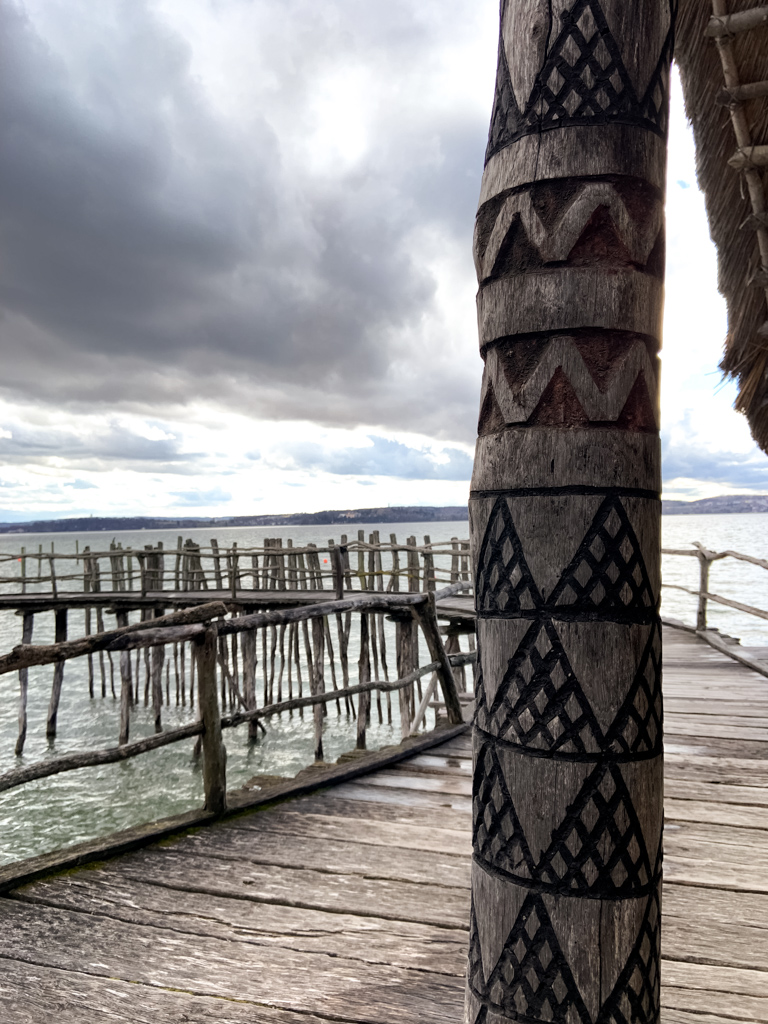
Visiting the Pile Dwelling Village with kids
While we went in shoulder season, it would be easier for non-German speakers to visit in the summer so you can take your time exploring with the English brochures the museum has available at the ticket counter. Kids are encouraged to explore, and like other open-air museums, it’s quite easy for them to grasp some of the history just by standing in the houses or walking along the walkways. If you have an under-6 who likes to run, this may be a bit of a challenge as the walkways do go over the lake quite a long way. If you’re doing the self-guided visit, you’ll be fine, but the tour takes an hour and that might be too long to stay focussed for the littlest among us. Definitely check their website for the details of their tours and opening times.
Getting there
To get to the museum, you can walk from the Uhldingen-Mühlhofen station (Oberuhldingen), it takes about 25 minutes, or take a taxi from the station. There is a wharf right next to the museum, so your best bet is to take a ferry from Konstanz or another stop along the lake – you can see the ferry routes and timetables here. The stop for the Pile Dwelling Museum is Unteruhldingen, and it’s a pleasant walk through the park to the museum itself. You could always combine your trip to a visit to Mainau, the garden island, as well. Do check for combination tickets, someone at the ferry ticket desk can help with this. For shoulder and off-season visits, do check the schedule well ahead of time as the ferries don’t run as often or stop everywhere.

